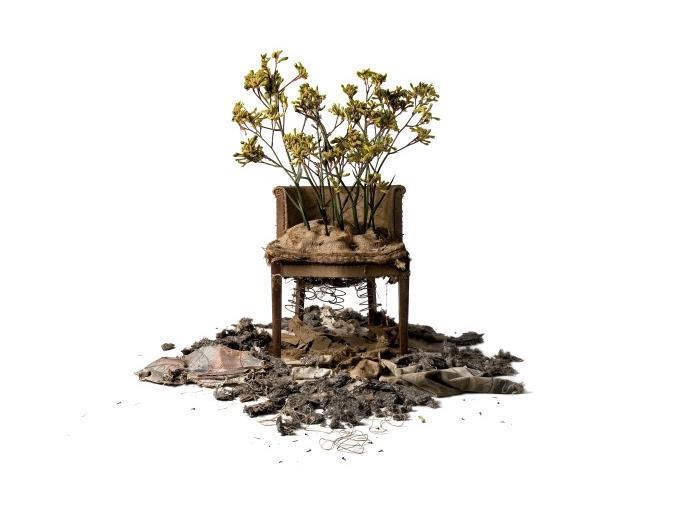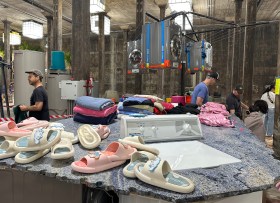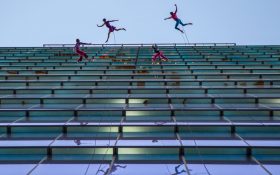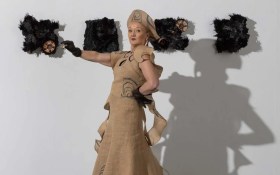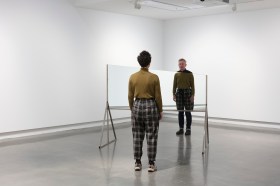Eva Fernandez, Anigozanthos flavidus 2011, archival inkjet print, 100 x 150cm, on loan from the Janet Holmes a Court Collection.
The Botanical: Beauty and Peril, is the latest major exhibition at Art Gallery WA, and the last for Director Stefano Carboni. It’s a multilayered exhibition that challenges viewers to reconsider their impact on the plant world, using less traditional means to make complex issues more accessible. A few pieces stood out in particular.
Upon entering the exhibition, the viewer faces a series of small frames, each housing a delicate and historically significant botanical illustration – testament to a time before cameras when new species were lovingly recorded by hand. Rather than a quick click and move on, the artist spent hours studying and capturing the twist of a leaf or hardness of a nut. Some of the images displayed represent the first ever recording of a species, an act which seems almost impossible nowadays.
Among the historical drawings is an ink jet print of Anigozanthos flavidus (2011) by Eva Fernandez. The image is replicated in a stunning installation that possesses the middle of the room: an elegant but dilapidated wooden chair with native flora bursting through the seat, suggesting a life long-gone. The piece asks, what will we be left with if we don’t get up off our chairs and protect what we have? The stately English-looking chair also serves to introduce colonial settlement, which is further explored in the next space in which West Australian artist Sohan Ariel Hayes reimagines the work of British soldier and cartographer Robert Havell in a clever interweaving of old and new.
Another highlight is a series of three delicate tapestries by Sujora Conrad. Inspired by a document that outlined 70 endangered or threatened species from the Wheatbelt, Conrad uses a code of green (vulnerable), blue (endangered) and pink (critically endangered) to emphasise their plight. The end pieces lined up on the wall look like something out of a police identikit parade. The depiction of endangered species through a medium that is in itself fading out of view adds to the work’s power.
Lastly, Alluaudia procera by Dylan Martorell combines felt-tip pen drawings and a digital sound file. The three black canvases depict a fig, a barrel catcua and a Madagascar ocotillo. Below each painting is a set of headphones inviting the viewer to listen to each painting – yes, listen. Each image has been mapped out in concentric circles like a dartboard, the intersecting lines marked with a dot. Each dot has been colour coded and associated with a note. As a result, the fig image morphs turns into tinkling, or dripping sounds that evoke a Tibetan meditation. The outcome provides a fascinating glimpse into the future of art, with heartening possibilities for people with vision difficulties.
While I have long been cognisant of the perils of endangered species, such as the white rhino, prior to this exhibition I’d never given much thought to endangered flora, particularly as my own green thumb has proved to be perpetually black. What a sad world it would be if some of these species simply ceased to be.
4.5 stars out of 5 ★★★★☆
The Botanical: Beauty and Peril
Co-curated by Melissa Harpley, Laetitia Wilson and Megan Schlipalius
6 July-4 November 2019
Art Gallery WA
Free admission
